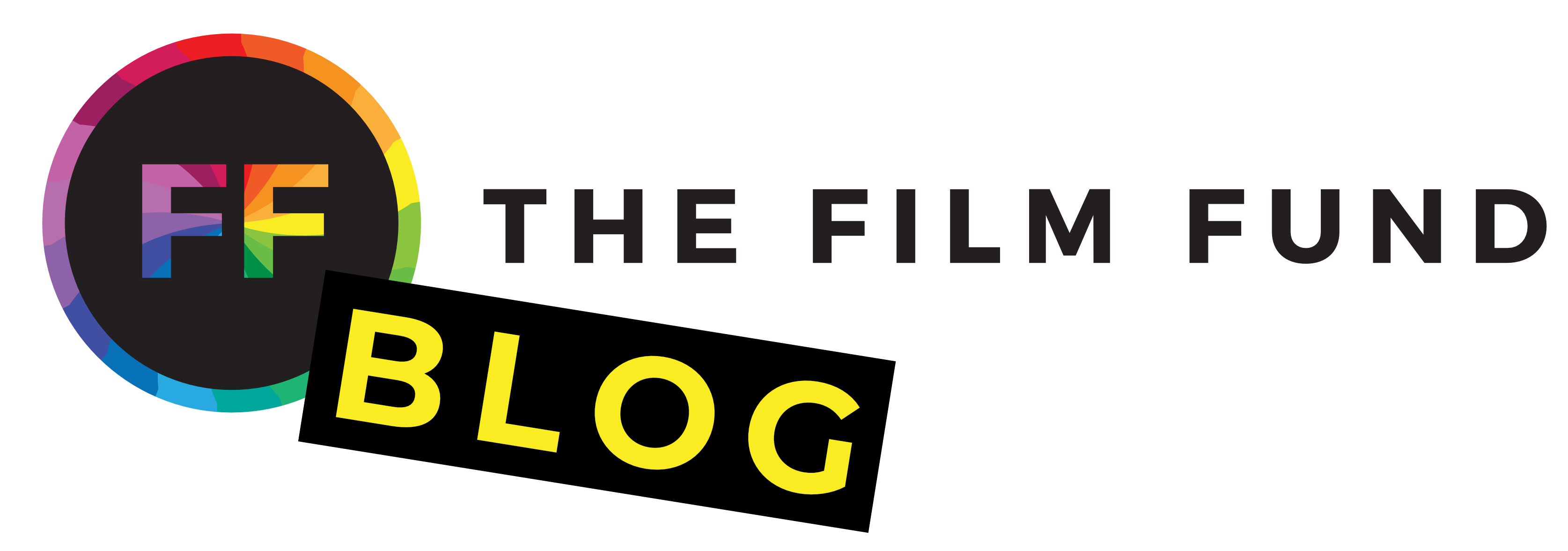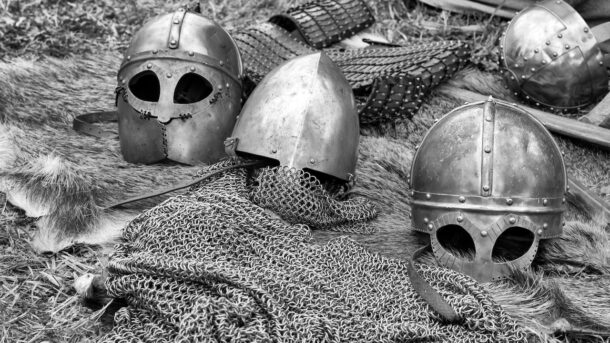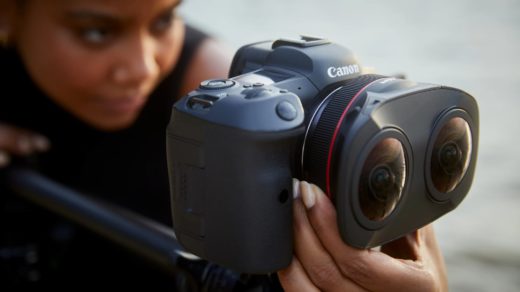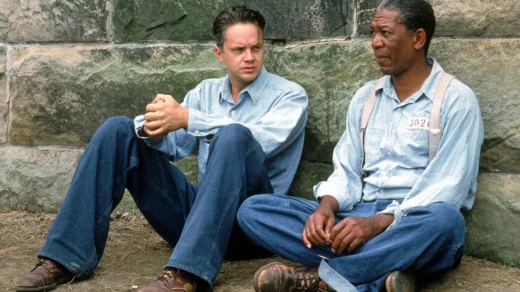Historical film accuracy plays a pivotal role in preserving cultural heritage, educating audiences, and enhancing the overall viewing experience of movies based on true stories. Filmmakers face the fascinating challenge of bringing historical events to life and shedding light on significant moments in our collective past. By striking the right balance between accuracy and fiction, these films have the power to transport us to different times and inspire a deeper appreciation for history.
We will explore the meticulous process of making a historical film, from conducting extensive research to collaborating with historians and consultants. We will also examine examples of historical films, shedding light on the pitfalls to avoid and the solutions to achieve authenticity. So join us as we embark on a journey through the captivating world of historical film-making and discover how accuracy plays a vital role in bringing history to the silver screen.
Understanding the Process of Making a Historical Film
Creating a compelling historical film requires a meticulous process that combines extensive research, engaging storytelling, and attention to visual details. Let’s take a closer look at the steps involved in bringing history to the silver screen while striving for historical film accuracy.
Researching the Historical Era
The first crucial step in making a historical film is immersing oneself in the time period being portrayed. Extensive research helps filmmakers understand the cultural nuances, societal norms, and significant events of the era. By digging up historical artifacts, filmmakers gain valuable insights that contribute to the authenticity of the film. This in-depth understanding allows them to recreate the setting, costumes, and technology with historical accuracy, providing audiences with a genuine glimpse into the past.
Creating an Engaging Narrative
While accuracy is essential, a historical film must also engage and captivate audiences. Filmmakers master the art of storytelling by crafting narratives that intertwine historical events and characters with compelling plotlines. By focusing on relatable human experiences and incorporating emotional arcs, they strike a balance between education and entertainment. Through well-developed characters and engaging storylines, historical films have the power to transport audiences to different eras, fostering a deeper connection with history.
Working with Historians and Consultants
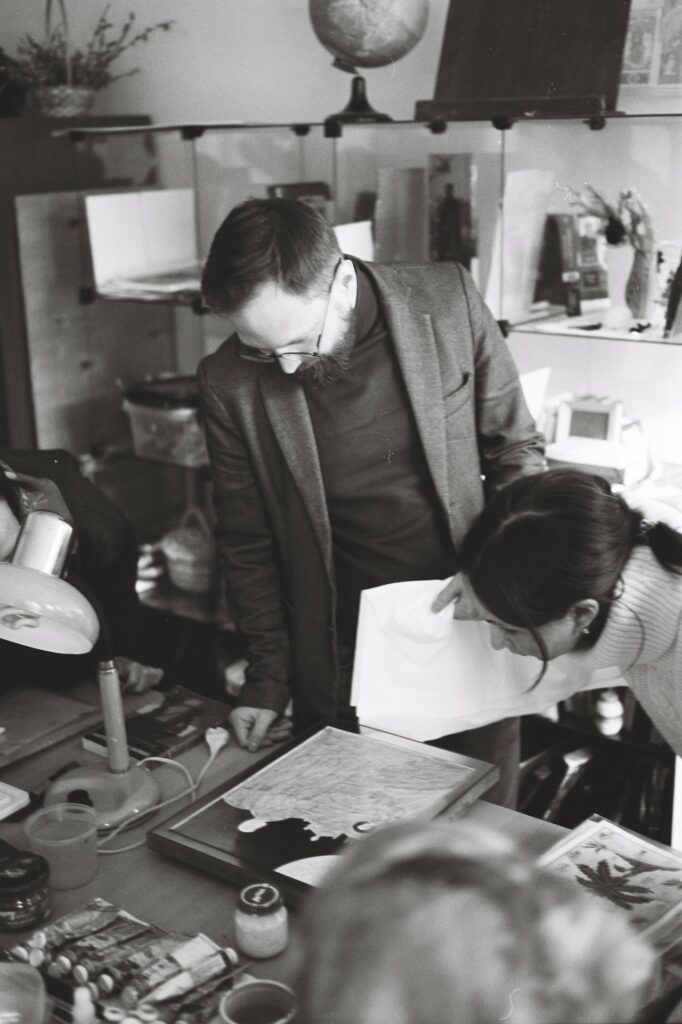
Collaborating with historians, scholars, and consultants is another vital aspect of ensuring historical film accuracy. These experts provide valuable insights into the historical context, offering guidance on everything from dialogue authenticity to cultural nuances. By seeking their expertise, filmmakers can avoid common inaccuracies and incorporate lesser-known details that enrich the narrative. This collaborative process ensures that the film remains true to historical events while remaining engaging and accessible to a wide range of viewers.
By understanding and implementing these key steps, filmmakers can navigate the complex process of making a historical film with a focus on historical accuracy.
The Significance of Historical Accuracy
Historical accuracy holds immense significance when it comes to creating impactful and meaningful historical films. Let’s explore why maintaining authenticity in these films goes beyond mere entertainment and plays a vital role in preserving cultural heritage, educating audiences, and enhancing the overall viewing experience.
Preserving Cultural Heritage
Historical films serve as a bridge that connects us to our cultural past. By accurately portraying historical events, clothing, customs, and traditions, these films become a valuable resource for preserving cultural heritage. They allow us to immerse ourselves in different eras, providing a tangible link to our roots. Historical film accuracy ensures that the essence and nuances of a particular time period are faithfully captured and passed down to future generations, fostering a deeper appreciation for our collective history.
Educating and Informing Audiences
Historical films have the power to educate and inform audiences about significant events, figures, and social movements. When crafted with accuracy, these films become powerful tools for learning and understanding history. By presenting historical facts in an engaging and accessible manner, filmmakers can spark curiosity and inspire further exploration of the subject matter. Historical film accuracy cultivates a sense of authenticity that enhances the educational value of these films, helping audiences gain a deeper understanding of the past.
Enhancing the Viewing Experience
Authenticity in historical films enhances the overall viewing experience, creating a more immersive and emotionally resonant journey for audiences. When attention is paid to historical accuracy, viewers are transported to a specific time and place, fully engrossed in the story unfolding before them. Accurate historical events and cultural details create a sense of realism that allows audiences to connect on a deeper level with the characters and events portrayed on screen. Historical film accuracy, therefore, elevates the emotional impact and entertainment value of these films, creating a memorable cinematic experience.
By prioritizing historical accuracy, filmmakers contribute to the preservation of cultural heritage, educate and inform audiences, and provide an enhanced viewing experience.
Excellent Examples of Historical Films
To truly understand the impact of historical film accuracy, let’s explore some remarkable examples that have successfully captured the essence of historical events, characters, and settings. These films demonstrate the power of meticulous research and attention to detail, transporting audiences to different eras with authenticity and immersive storytelling.
“Amadeus” (1984)
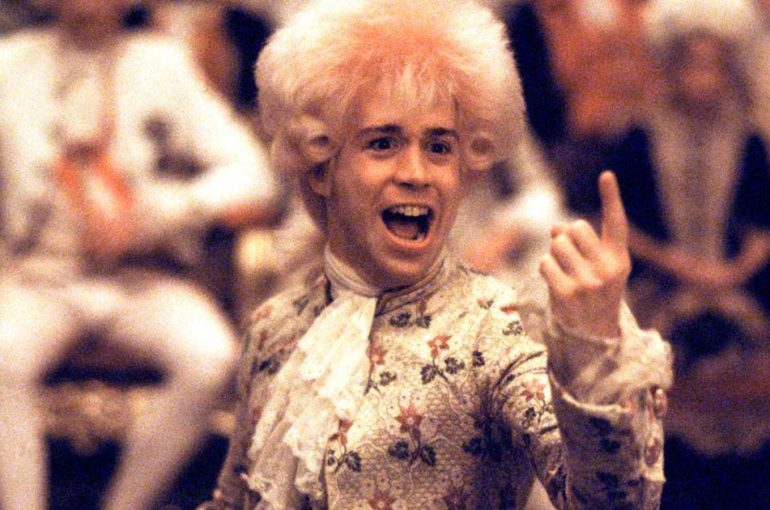
“Amadeus,” directed by Miloš Forman, offers a fictionalized account of the lives of composers Wolfgang Amadeus Mozart and Antonio Salieri. Despite the fictional elements, the film maintains historical accuracy in its portrayal of Mozart’s music, the cultural milieu of 18th-century Vienna, and the intricate relationship between the two composers. Through meticulous production design, authentic costumes, and a captivating musical score, “Amadeus” transports audiences to the world of classical music during Mozart’s era. While it blends fact and fiction, the film’s commitment to historical accuracy in its depiction of the music and the time period adds depth and richness to the storytelling, offering a compelling exploration of artistic genius and envy.
“12 Years a Slave” (2013)

Directed by Steve McQueen, “12 Years a Slave” is a gripping portrayal of Solomon Northup’s harrowing journey to freedom from slavery during the 19th century. The film meticulously recreates the brutal realities of slavery, highlighting the era’s social dynamics and racial tensions. Through its accurate depiction of historical events, costumes, and settings, “12 Years a Slave” immerses audiences in the harsh realities of the time period, fostering empathy and a deeper understanding of the impact of slavery on individuals and society.
“Apollo 13” (1995)
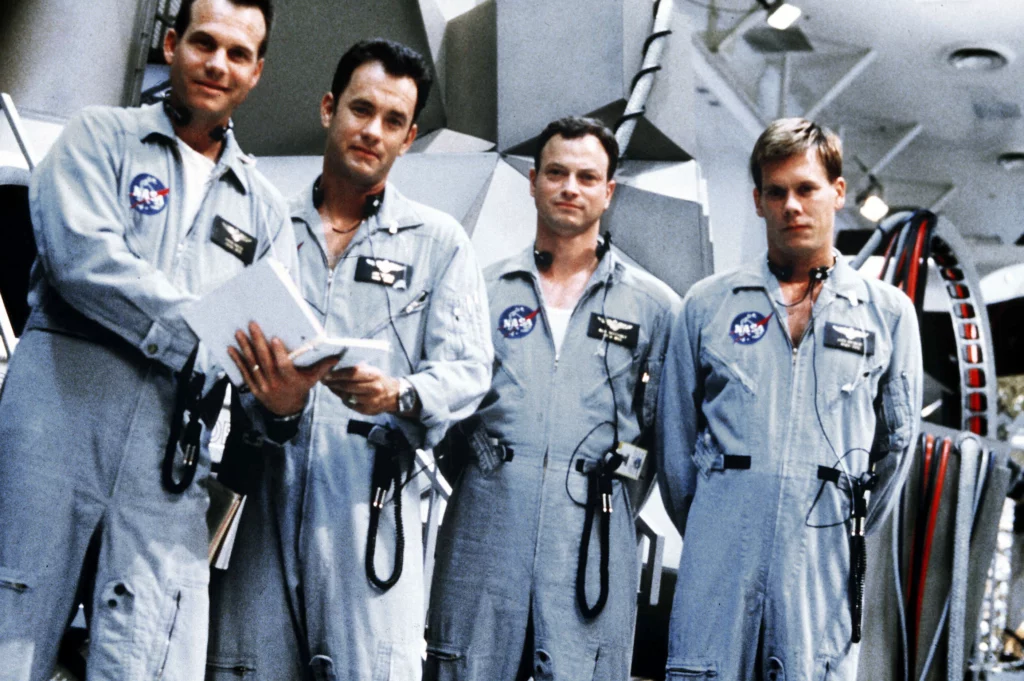
Ron Howard’s “Apollo 13” brings the gripping true story of the ill-fated Apollo 13 mission to life with exceptional historical accuracy. The film meticulously recreates the tense atmosphere and technical challenges faced by the crew during their spaceflight. By adhering to the actual events and incorporating accurate details, such as mission control procedures and spacecraft interiors, “Apollo 13” authentically captures the monumental efforts and triumphs of the NASA team, offering audiences an engrossing and educational experience.
These examples demonstrate how historical film accuracy can enrich storytelling, provide valuable historical insights, and create immersive cinematic experiences.
Common Pitfalls and Inaccuracies in Historical Films
While striving for historical film accuracy is essential, it’s important to be aware of common pitfalls and inaccuracies that can unintentionally undermine the authenticity of a historical film. Let’s explore some of these challenges that filmmakers face and the potential consequences they can have on our understanding of the past.
Dramatization and Creative Liberties
One common pitfall in historical films is the tendency to prioritize dramatic storytelling over historical accuracy. Filmmakers often take creative liberties to heighten the emotional impact or streamline complex narratives. While this can make the film more entertaining, it risks distorting or oversimplifying historical events, leading to a misleading portrayal of the past. This can be especially problematic when it comes to a movie like “American Sniper”. Many have criticized its portrayal of famous veteran Chris Kyle and the message the portrayal may send. Balancing dramatic storytelling with historical integrity is crucial to maintaining accuracy and ensuring that audiences receive a truthful depiction of historical events.
Anachronisms and Inconsistent Details
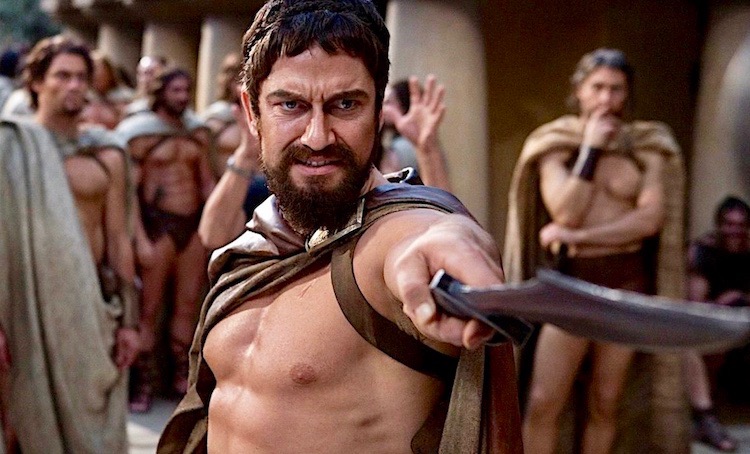
Inaccurate portrayal of historical details and anachronistic elements can be another pitfall in historical films. Mistakes such as incorporating modern language, technology, or cultural references that did not exist during the depicted era can detract from the authenticity of the film. Inconsistencies in costumes, props, or architectural styles can also undermine the credibility of the historical setting.
“300” is well-known for introducing a myriad of anachronisms for the sake of making the movie more epic. Some like this approach – others find it distracting. Filmmakers must pay close attention to these details to create a cohesive and accurate representation of the past.
Misrepresentation of Historical Figures or Events
Another challenge is the mischaracterization of important people, places, and situations in history. Historical films may oversimplify complex characters, depict them inaccurately, or present events in a biased manner. This is famously the case with Disney’s “Pocahontas”, which turns a factual tale of colonial America into a sanitized and simplistic love story, changing the way Pocahontas and John Smith are portrayed.
While artistic interpretation is inevitable, it’s important to maintain a level of historical accuracy that respects the legacy and impact of real-life individuals and events. By thoroughly researching and consulting historical experts, filmmakers can avoid misrepresentations and provide a more nuanced understanding of the past.
Awareness of these common pitfalls and inaccuracies is essential in striving for historical film accuracy.
Striking a Balance: Challenges and Solutions
Striving for historical film accuracy requires navigating the challenges of balancing creative interpretation with historical integrity. Let’s explore some of the common challenges filmmakers face in achieving this balance and the solutions they employ to ensure an authentic and engaging cinematic experience.
Creative Interpretation vs. Historical Integrity
One of the primary challenges filmmakers encounter is keeping the film accurate to history while making sure the storytelling is appealing to modern audiences. While artistic liberties are often taken to enhance the storytelling, it’s crucial to maintain the essence and accuracy of the historical events being portrayed. The solution lies in thorough research, consulting experts, and striking a harmonious balance between the creative vision and respect for the historical context. By grounding their creative choices in a solid understanding of the era and its nuances, filmmakers can craft narratives that resonate emotionally while remaining faithful to historical accuracy.
Utilizing Expertise and Resources
Collaborating with historians, scholars, and consultants is a valuable solution to ensure historical film accuracy. These experts provide invaluable insights into the historical context, ensuring that the film remains true to the era being depicted. By consulting experts, filmmakers gain access to a wealth of knowledge that helps them avoid common inaccuracies and discover lesser-known historical details. This collaborative process allows for a more accurate portrayal of the past, enriching the film’s authenticity and educational value.
Engaging Audiences while Maintaining Accuracy
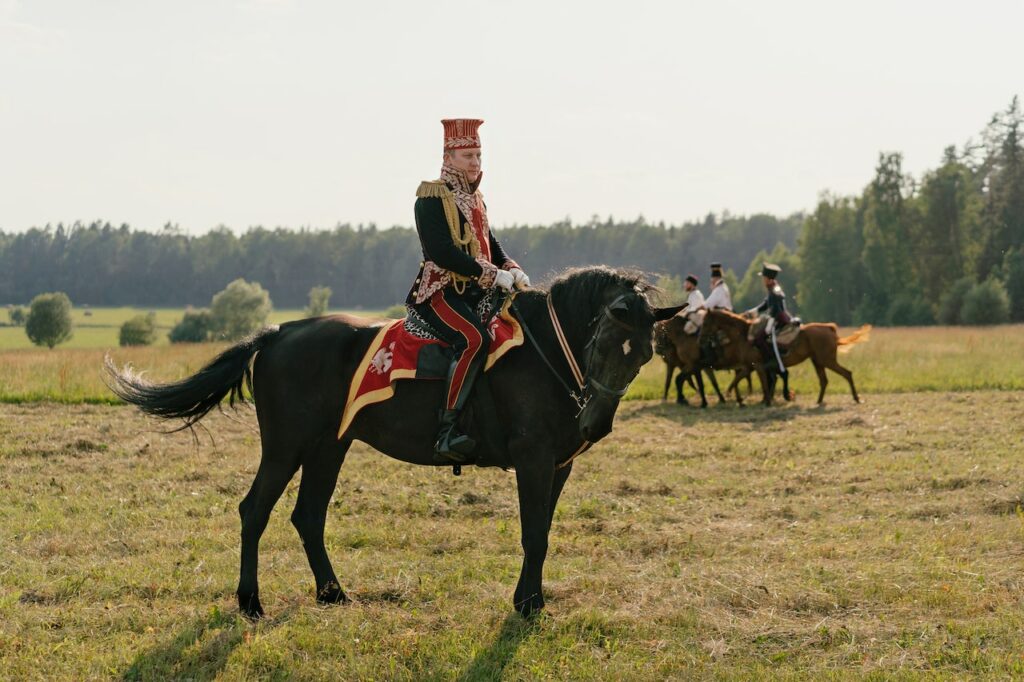
Much like how adaptations of books must balance staying true to the source material while also engaging general viewers, a major challenge of making historical films is engaging audiences with historical accuracy without sacrificing entertainment value. Filmmakers strive to create captivating narratives that resonate with viewers emotionally while providing an authentic depiction of historical events. The solution lies in finding the balance between educating and entertaining audiences. By carefully crafting compelling characters, immersive storytelling, and visually stunning scenes, filmmakers can captivate audiences while remaining true to historical accuracy. This allows for an enjoyable cinematic experience that also fosters a deeper understanding and appreciation of history.
By addressing these challenges and implementing the solutions, filmmakers can strike a balance between creative storytelling and historical accuracy.
Conclusion
In the captivating world of historical film-making, historical film accuracy holds immense significance. Balancing authenticity and entertainment value is a complex endeavor that requires extensive research, collaboration with experts, and careful attention to details. By striving for historical accuracy, filmmakers have the power to preserve cultural heritage, educate audiences, and create immersive cinematic experiences that transport us to different eras.
Whether it’s shedding light on significant events, bringing historical figures to life, or immersing us in the rich tapestry of the past, historical films have the ability to both entertain and educate. So, the next time you embark on a cinematic journey into history, remember the importance of historical film accuracy and appreciate the dedication and craftsmanship that goes into creating an authentic and engaging experience.
And if you’re a newcomer to the world of filmmaking who has a brilliant idea they want to bring to life, check out our film funding contest! By submitting a single-sentence pitch of your movie idea, you can win up to $10,000 to be used towards the production of your film. Whether you’re looking to tell an imaginative narrative or craft an informative documentary, the Film Fund is willing to make your visions a reality!
